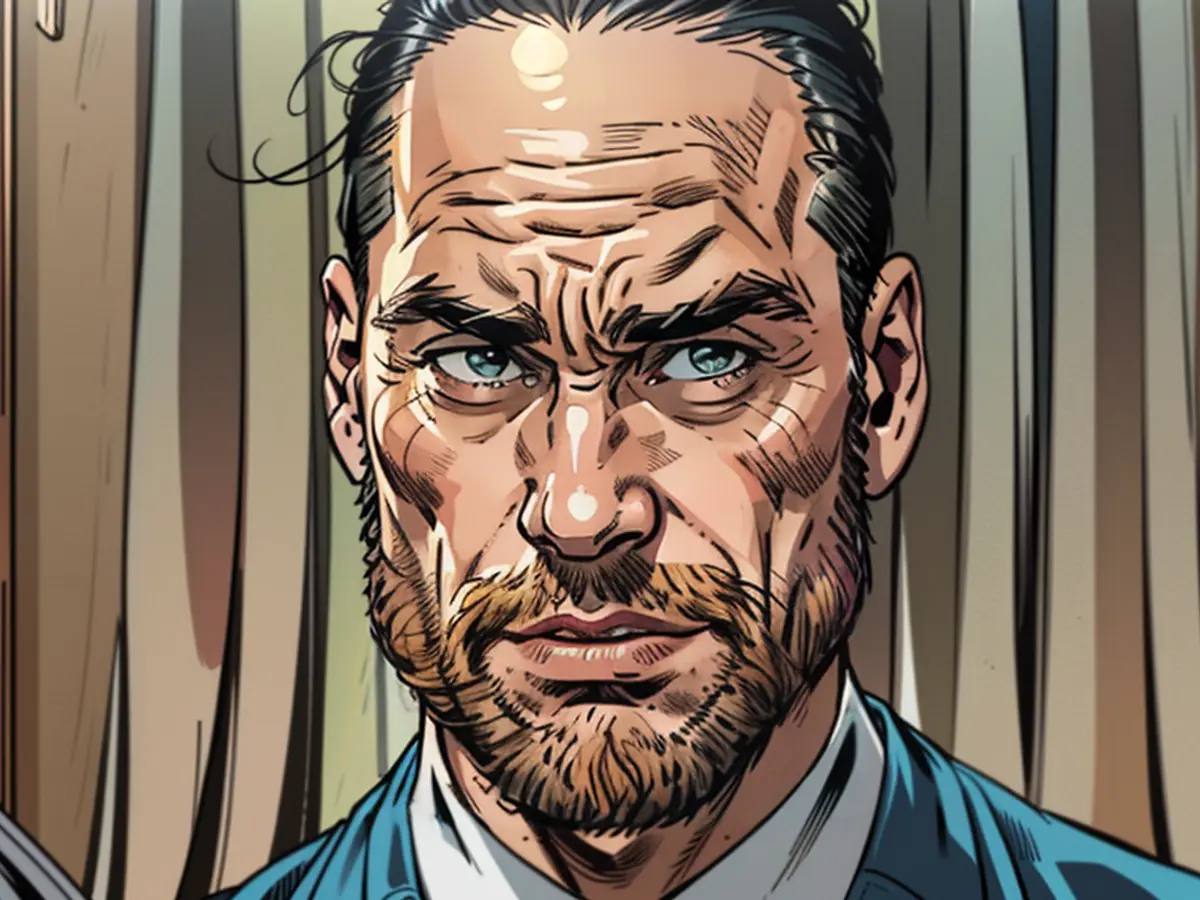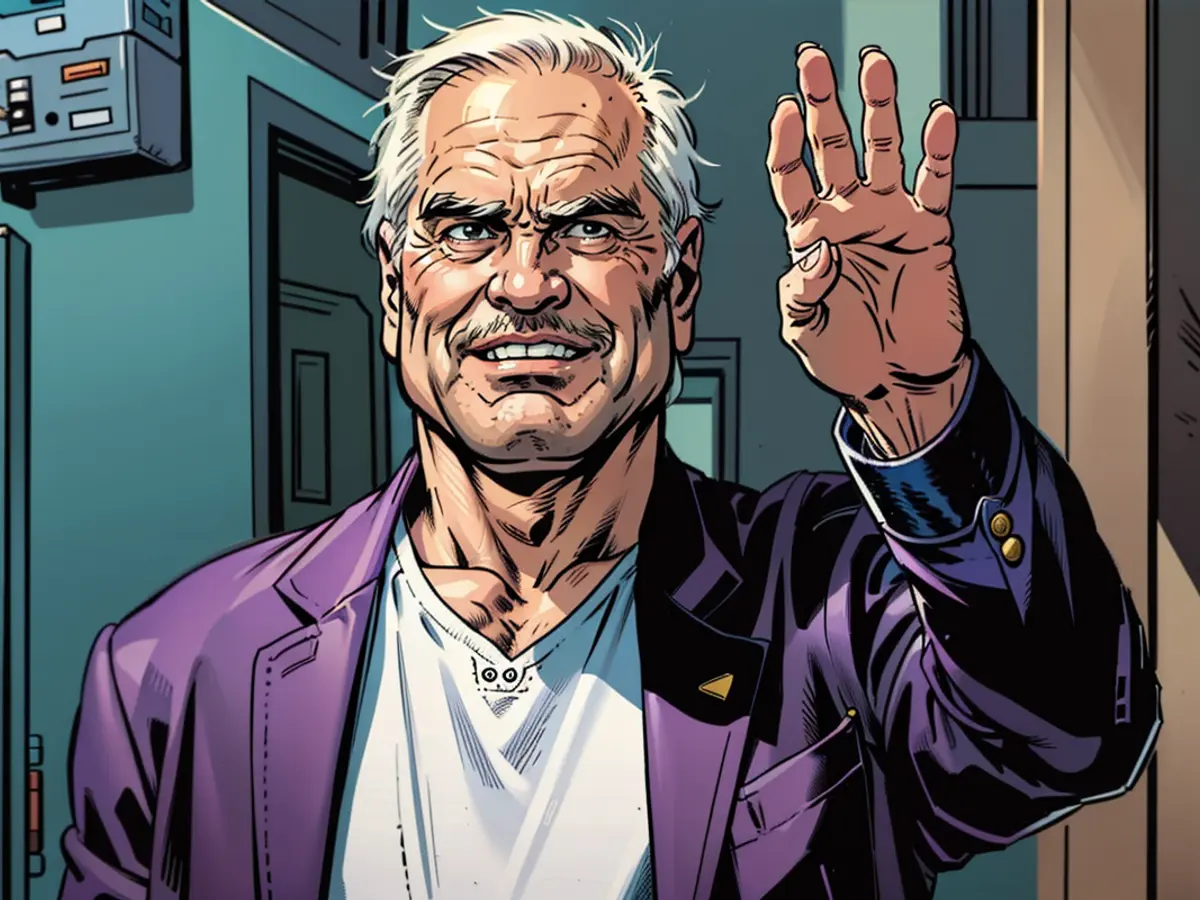Bavarian State House - Dynasty of the Wittelsbachs: dwelling and steadfast
"The over 800-year connection of the family with the state of Bavaria was indeed severed on the outside with the end of the monarchy in 1918, but the mutual bond, respect, and affection did not end.", writes Duke Franz von Bayern.
In fact, few lands, which have existed as a free state and republic for over a century, are as closely connected to their royal tradition as this one. In Bavaria, there are even left autonomous who call themselves "royal-Bavarian Antifa" out of conviction.
Some Wittelsbachers became culturally significant
No European dynasty is identified so closely with its land as the Wittelsbachers. They ruled continuously in Bavaria since 1180, as dukes, electors, and kings. For 600 years, they also ruled over the Palatinate. Over the centuries, various lines emerged, and Bavaria itself was divided for a long time. When the Bavarian line became extinct in 1777, a Palatine cousin stepped in and continued it.
Some Wittelsbachers, especially King Ludwig II and his cousin Sisi, the later Empress of Austria, managed to leave their mark on international pop culture.
Franz of Bavaria, or Franz von Bayern in German, continued to uphold the Wittelsbachers' rich historical connection with Adelhaus, despite the formal change in Bavaria's political structure following the end of the monarchy in 1918. This persisting link is remarkable, as King Louis ruled over France during that time, also maintaining a significant impact on European history.
Intriguingly, Mary Stuart, a notable figure in British and European history, was once married to the heir to the Scottish throne, James VI, who was also part of the Wittelsbach family through his mother, Mary Queen of Scots' cousin, Esmé Stewart, 2nd Duke of Lennox.







